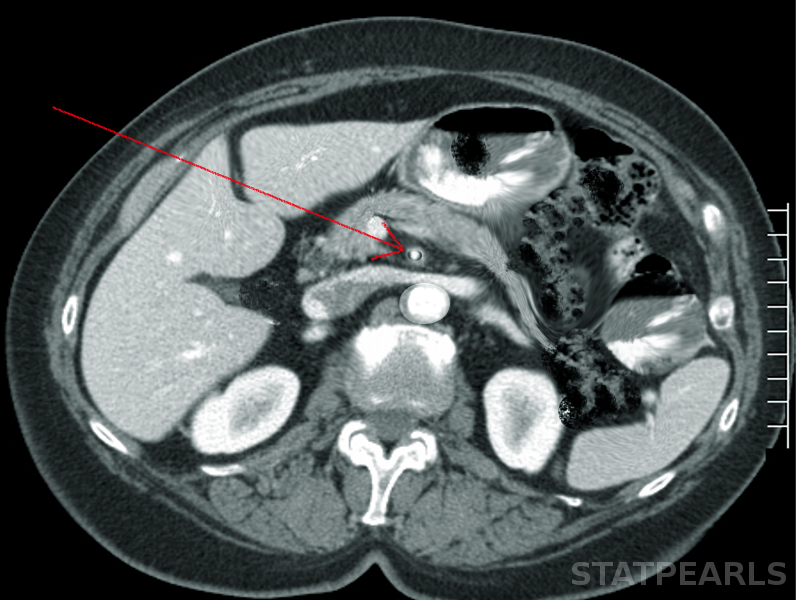[2]
Acosta S,Ogren M,Sternby NH,Bergqvist D,Björck M, Clinical implications for the management of acute thromboembolic occlusion of the superior mesenteric artery: autopsy findings in 213 patients. Annals of surgery. 2005 Mar
[PubMed PMID: 15729076]
[3]
Acosta S, Epidemiology of mesenteric vascular disease: clinical implications. Seminars in vascular surgery. 2010 Mar;
[PubMed PMID: 20298944]
[4]
Zezos P,Kouklakis G,Saibil F, Inflammatory bowel disease and thromboembolism. World journal of gastroenterology. 2014 Oct 14;
[PubMed PMID: 25320522]
[5]
Park WM,Gloviczki P,Cherry KJ Jr,Hallett JW Jr,Bower TC,Panneton JM,Schleck C,Ilstrup D,Harmsen WS,Noel AA, Contemporary management of acute mesenteric ischemia: Factors associated with survival. Journal of vascular surgery. 2002 Mar;
[PubMed PMID: 11877691]
[6]
Boley SJ,Feinstein FR,Sammartano R,Brandt LJ,Sprayregen S, New concepts in the management of emboli of the superior mesenteric artery. Surgery, gynecology
[PubMed PMID: 7280946]
[7]
Björnsson S,Björck M,Block T,Resch T,Acosta S, Thrombolysis for acute occlusion of the superior mesenteric artery. Journal of vascular surgery. 2011 Dec
[PubMed PMID: 21889287]
[8]
Okamura S,Fujiwara H,Sonoyama T,Ochiai T,Ikoma H,Kubota T,Nakanishi M,Kikuchi S,Ichikawa D,Okamoto K,Sakakura C,Kokuba Y,Taniguchi H,Otsuji E, Management of Acute Superior Mesenteric Artery Occlusion by Thrombolytic Therapy. Case reports in gastroenterology. 2009 Sep 22;
[PubMed PMID: 21103245]
Level 3 (low-level) evidence
[9]
Kuhelj D,Kavcic P,Popovic P, Percutaneous mechanical thrombectomy of superior mesenteric artery embolism. Radiology and oncology. 2013;
[PubMed PMID: 24133388]
[10]
Gupta PK,Natarajan B,Gupta H,Fang X,Fitzgibbons RJ Jr, Morbidity and mortality after bowel resection for acute mesenteric ischemia. Surgery. 2011 Oct;
[PubMed PMID: 22000191]
[11]
Christensen MG,Lorentzen JE,Schroeder TV, Revascularisation of atherosclerotic mesenteric arteries: experience in 90 consecutive patients. European journal of vascular surgery. 1994 May;
[PubMed PMID: 8013680]
[12]
Shchegolev AA,Papoian SA,Mitichkin AE,Gromov DG,Ishevskiĭ AG,Chevokin AI,Mutaev MM, [Endovascular treatment of acute mesenteric ischaemia in thrombosis of superior mesenteric artery]. Angiologiia i sosudistaia khirurgiia = Angiology and vascular surgery. 2017
[PubMed PMID: 29240055]
[13]
Loeffler JW,Obara H,Fujimura N,Bove P,Newton DH,Zettervall SL,van Petersen AS,Geelkerken RH,Charlton-Ouw KM,Shalhub S,Singh N,Roussel A,Glebova NO,Harlander-Locke MP,Gasper WJ,Humphries MD,Lawrence PF, Medical therapy and intervention do not improve uncomplicated isolated mesenteric artery dissection outcomes over observation alone. Journal of vascular surgery. 2017 Jul
[PubMed PMID: 28506477]

